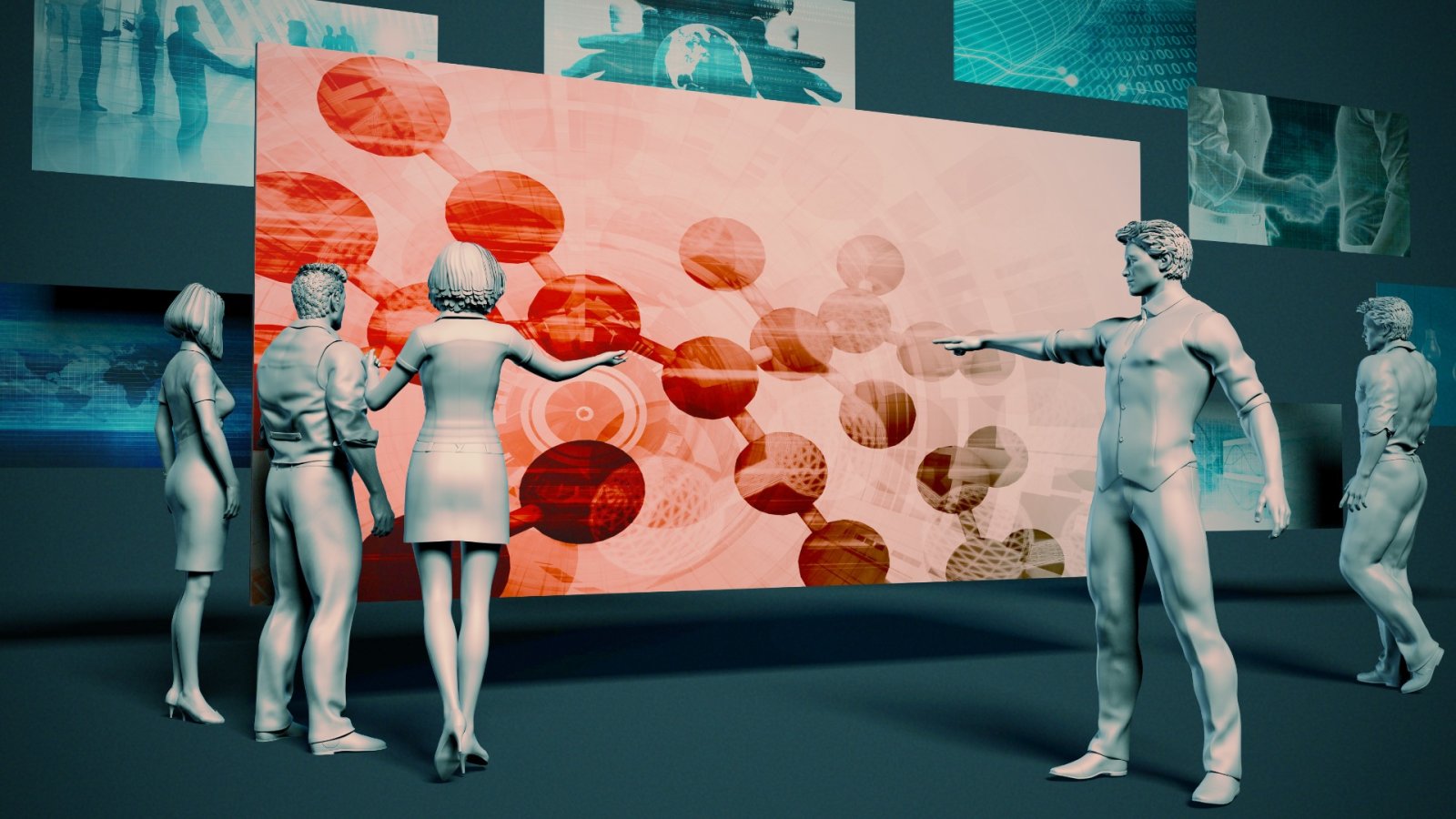Various factors like pandemics or other disasters can prevent people from visiting physical museums or potentially damage important artifacts. For example, the devastating fire at Notre Dame de Paris in 2019 that burned for 15 hours caused significant damage and the cathedral's restoration is expected to take over 20 years. Because of challenges like fires, the natural aging of buildings, and the inevitable passage of time, humankind's historical and cultural heritage is at risk of being lost.
To help preserve these valuable historical assets for future generations, many museums have embraced virtual and online solutions so people worldwide can still experience important collections and sites, even when physical access is limited. With modern technology, creating high-quality virtual museums and online tours is more achievable than one might think using tools like custom 3D animation services. This article will explore the world of virtual museums and the process of developing such digital projects.
A virtual museum is a digital platform that aims to simulate and enhance the experience of visiting a physical museum. Visitors can take virtual tours using devices like smartphones or laptops, though VR and AR technologies allow for the most interactive and immersive engagements.
While some conservators prefer traditional in-person tours, thousands of museums worldwide have digitized collections and created virtual spaces online. This suggests virtual museums serve important purposes. What are the key benefits of this format, and why have so many physical institutions pursued online presences? A closer look reveals several advantages:
- 24/7 Accessibility: Virtual exhibits function as software or videos, not requiring staffing. This allows visits anytime without business hours constraints.
- Larger Audiences: Unconstrained by physical location, virtual museums can attract visitors globally around the clock. People need not travel long distances to access exhibits.
- Safety of Collections and Visitors: Virtual formats protect exhibits from disasters like fires or earthquakes that could destroy artifacts. They also safeguard public health, as seen during the pandemic when in-person visits were risky.
- Affordable Education: Virtual tours make museum content accessible to more individuals and schools on a budget. Smartphone/VR technology has lowered barriers to engaging with history and culture.
In short, digitizing collections and creating online presences yield considerable benefits around-the-clock access, safety, outreach, and education. This helps explain virtual museums' growing popularity among physical institutions.
- Unconventional entertainment: While many people typically unwind by watching movies, playing games, or indulging in hobbies, there's a new avenue for leisure that expands horizons—cultural entertainment. Now, individuals can explore renowned institutions like the Louvre and a plethora of other museums from the comfort of their own homes, a truly remarkable development.
- Preserving Precious Artifacts: Museums often face the challenge of preserving ancient relics, which require specific environmental conditions to maintain their integrity and original form. Consequently, specialists often store certain artifacts separately from those on display. Thankfully, digitizing these artifacts enables their safekeeping while allowing them to be experienced in virtual reality.
- Enhanced Interaction with Exhibits: Physical museums typically prohibit visitors from interacting with historical relics and artworks due to their fragility. Conversely, virtual tours provide new ways to engage with exhibits, allowing users to manipulate them in ways previously impossible, such as rotating or animating them.
Categories of Virtual Museums
Virtual museums are categorized based on their objectives and target audiences into educational and gamification-oriented formats. While all museums primarily aim for education, the distinction lies in the methods of delivering information. Let's delve into the unique characteristics that set these two types apart.






